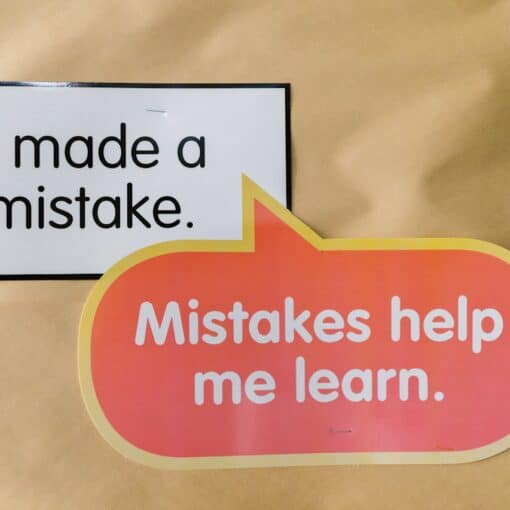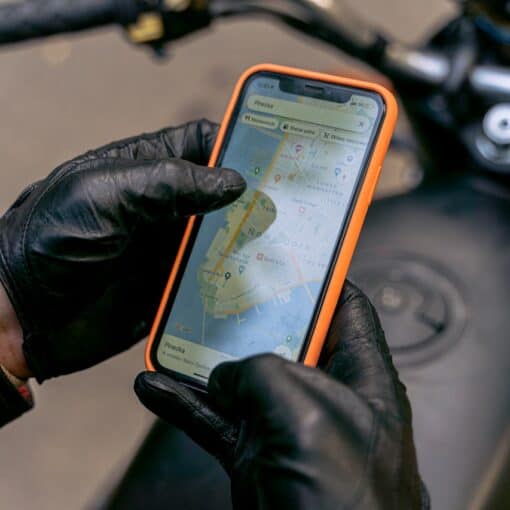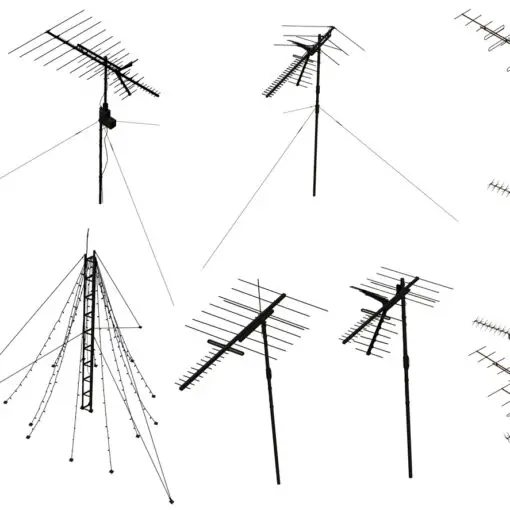Ham radios have been around, in one form or another, since the time of the Titanic and, although no one at the time thought they were very relevant, they are a hot commodity in a modern era that eschews such “primitive” forms of communication technology.
In fact, Ham radios have portable variations as well and, even though you are free to walk around with one, you still have to maintain a current Ham radio license in order to legally use one.
The Communications Act of 1934 was enacted in order to give the Federal Governement the authority to regulate Ham operators.
If you want to get your Ham license and find out what all the fuss is about, meet a robust and exciting group of Ham enthusiasts, and get you a portable version, you’ll need to take the exam to get one of three licences for Ham operators.
Ham Operator License
Before you get started in the Ham community, you have to get a license in order to legally operate on HF radio frequencies. There are three types:
- Amateur Extra
- General
- Technician
You have to take them in order, starting at general and working your way towards amateur extra. The technician examination is for an entry level license which will allow you to operate on all amateur frequencies above 30MHz.
A General license opens up international communications and the frequencies necessary for that level of potential communication. You don’t quite get everything however, and it takes passing a 35 question examination in order to get it.
The Amateur Extra opens the window for everything that is allowable under federal law. That means all modes and all bands are available and you are required to pass a 50 question examination and have already passed the general and technician level exams.
Portable Ham Radios
These are smaller versions of the standard sized Ham radios, hence the word (portable). However, they aren’t portable in terms of cell phone portability. Imagine taking the radio our of your car, pulling it completely out of the dash. What you hold in your hand afterward is basically what a portable Ham radio looks like.
There are two types of Ham portable radios: Dual-Band and Quad-Band. Dual and quad band radios do exactly what their namesake implies, one can access two frequencies at the same time and the other one (Quad) can access four frequencies at the same time.
Owning a portable Ham radio comes with a load of advantages over someone who owns a static one, whether it’s in their home, in the she-shed, or the man cave. For one, you can take your home operation on the road with ease, and it’s a great way to “community-build.”
This is especially true for coordinating emergency relief efforts or keeping emergency alerts up and running for your local community of Ham operators. Everyone who you add to your network (keep “Q” cards once you find them for the first time) is one more person you can communicate with when you’re in an emergency.
4 Places to Take Your Portable Ham Radio
One enormous advantage of having a portable Ham radio is the fact that you can take it with you to Ham-related events, of which there are far more than you probably realized, especially if you are new to the hobby.
1. Ham Clubs
Yes, there are Ham clubs. Not only that, there are a lot of them. Think of it like a telescope. If you are an amateur sky gazer, you would be floored to find out how large the community of stargazers is and it’s generally all around you.
The same holds true for Ham clubs. Wherever you are located, get online and do a Google search for local Ham clubs or you can even check out Craigslist. Craigslist isn’t the best for a lot of things but it will help you find clubs in your area.
You can also try out the Nextdoor app, available on iOS or Android. Nextdoor is basically Facebook (Meta) but for your local area only. It’s very informative and the communities there are usually friendly and knowledgeable about things like Ham.
2. Hamvention
Surely you’ve heard of things such as Comi-Con, Dragon-Con, and similar events. Well, that’s the essence of a Hamvention. It’s a large get-together where like-minded Ham enthusiasts gather to discuss all things Ham and, of course, show off their new Ham toys.
With your new portable, you’ll have something of your own to show off. The official website for the National Association for Amateur Radio is the go-to website for everything that involves Hamventions, where they are when they are, and what to expect.
At a Hamvention, you’ll experience a ton of amateur Ham aficionados along with a large facility laid out much in the same way as a flea market, with all of the devices and accessories that you can imagine for Ham radios.
3. Ham Field Days
Ham field days are local events that coordinate with national local events to show off the technical prowess and science behind Ham radio communication technology. If you’re in a Ham club, this is your club’s chance to be a part of the 40,000 Ham operators that set up public stations all over the country.
If you want to know more, you can visit this link for the National Association for Amateur Radio.
4. Fox Hunts
This is basically an Easter Egg hunt event where amateur radio enthusiasts gather in a large place and use their radio frequencies to locate a hidden radio. It’s a great way to win a prize, bring the community of like-minded enthusiasts together, and learn even more about Ham radio and its various uses.
All Things Considered
Owning a Ham radio is considered a unique thing. Owning a portable one carries along that uniqueness with its own set of features and conveniences as well. There is a large and growing community of Ham radio amateurs across the country.
Owning a portable Ham radio will allow you to interact with that community in a greater capacity than ever before.
References
Pennington, R. (January 1, 2022). The Best Mobile Ham Radios for 2021
Retrieved from: https://www.hamtronics.com/best-mobile-ham-radios/#What_to_Look_for_When_Buying_a_Mobile_Ham_Radio
Romanchik, D. (N/A). The Range of Ham Radio: Guide to How Far You Can Talk
Retrieved from: https://hamradioprep.com/ham-radio-range/





